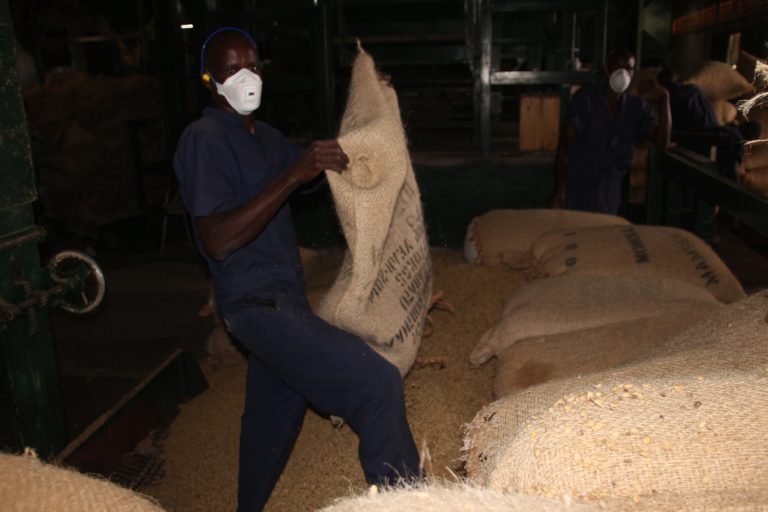Home / Business & Management / HR / Occupational Health in Developing Countries / Preventing Work-Related Lung Disease
This article is from the free online
Occupational Health in Developing Countries


Reach your personal and professional goals
Unlock access to hundreds of expert online courses and degrees from top universities and educators to gain accredited qualifications and professional CV-building certificates.
Join over 18 million learners to launch, switch or build upon your career, all at your own pace, across a wide range of topic areas.


 This kind of respirator is designed to filter out dust only. It must not be used where there is an oxygen-deficient atmosphere or where harmful gases and vapours are present.
This kind of respirator is designed to filter out dust only. It must not be used where there is an oxygen-deficient atmosphere or where harmful gases and vapours are present. Dependent on the replaceable cartridges, this kind of respirator is designed to remove gases, volatile organic compounds, and other vapors from the inhaled air. A typical organic vapor respirator cartridge is a metal or plastic case containing activated charcoal or certain resins. The filter cartridges must be changed when they become saturated or particulate accumulation within them begins to restrict airflow.
Dependent on the replaceable cartridges, this kind of respirator is designed to remove gases, volatile organic compounds, and other vapors from the inhaled air. A typical organic vapor respirator cartridge is a metal or plastic case containing activated charcoal or certain resins. The filter cartridges must be changed when they become saturated or particulate accumulation within them begins to restrict airflow.





